VISION
A leader provider of excellent information technology professional who manifest global standards, prepare to meet and respond to the needs and demands of the computer and IT industry.
MISSION
To strengthen the foundation for computer and IT education and literacy by exposing the would-be IT professionals to the theories and practice guided by ethics, values and professionalism.
PROGRAMS OFFERED
PROGRAM EDUCATIONAL OBJECTIVES (PEO)
Graduates of the BSIT and BSCS programs, within 3 to 5 years after graduation, will:
1. Productivity Demonstrate technical proficiency and adaptability in diverse professional
settings. 2. Community Extension Apply computing skills to address community needs and promote inclusive
growth. 3. Values FormationUphold ethical standards and commit to continuous personal and professional
development. 4. Instruction Pursue lifelong learning, share knowledge, and mentor others in their field. 5. Research Contribute to research and innovation, driving advancements in technology and
industry
BACHELOR OF SCIENCE
IN INFORMATION TECHNOLOGY
PROGRAM INTENDED LEARNING OUTCOME (PILO)
At the end of this program, graduates will have the ability to:
- Knowledge for Solving Computing Problems:
IT01 - Apply knowledge of computing, science, and mathematics appropriate to the discipline.
IT02 - Understand best practices and standards and their applications. - Problem Analysis:
IT03 - Analyse complex problems, and identify and define the computing requirements appropriate to its solution.
IT04 - Identify and analyse user needs and take them into account in the selection, creation, evaluation and administration of computer-based systems. - Design/Development of Solutions:
IT05 - Design, implement, and evaluate computer-based systems, processes, components, or programs to meet desired needs and requirements under various constraints.
IT06 - Integrate IT-based solutions into the user environment effectively. - Modern Tool Usage:
IT07 - Apply knowledge through the use of current techniques, skills, tools and practices necessary for the IT profession. - Communication:
IT10 - Communicate effectively with the computing community and with society at large about complex computing activities through logical writing, presentations, and clear instructions. - Computing Professionalism and Ethics:
IT11 - Analyse the local and global impact of computing information technology on individuals, organizations, and society.
IT12 -Understand professional, ethical, legal, security and social issues and responsibilities in the utilization of information technology. - Life-Long Learning:
IT13 - Recognize the need for and engage in planning self-learning and improving performance as a foundation for continuing professional development.
COURSE INTENDED LEARNING OUTCOME (CILO))
At the end of this course the students should be able to:
1. Understanding fundamental principles, concepts, evolution of computing technologies implemented in different workplace.
2. Investigate on the recent development in the different computing technologies exist in industry.
3. Analyze solution for the given problems that integrates the attest technology
CS211: Web Design and Programming
1. Identify basic and crucial role of design in website development.
2. Define the process of creating a well-designed website.
3. Determine the principles of graphic design using electronic media and the technical aspects of working with the web.
4. Apply the ISO requirements in creating a static website. 5. Develop a dynamic website professionally.
BACHELOR OF SCIENCE IN
COMPUTER SCIENCE
PROGRAM INTENDED LEARNING OUTCOME (PILO)
At the end of this program, graduates will have the ability to:
- Knowledge for Solving Computing Problems:
CS01 - Apply knowledge of computing fundamentals, knowledge of a computing specialization, and mathematics, science, and domain knowledge appropriate for the computing specialization to the abstraction and conceptualization of computing models from defined problems and requirements. - Problem Analysis:
CS02 - Identify, analyze, formulate, research literature, and solve complex computing problems and requirements reaching substantiated conclusions using fundamental principles of mathematics, computing sciences, and relevant domain disciplines. - Design/Development of Solutions:
CS03 - An ability to apply mathematical foundations, algorithmic principles and computer science theory in the modelling and design of computer-based systems in a way that demonstrates comprehension of the trade-offs involved in design choices.
CS04 - Knowledge and understanding of information security issues in relation to the design, development and use of information systems.
CS05 - Design and evaluate solutions for complex computing problems, and design and evaluate systems, components, or processes that meet specified needs with appropriate consideration for public health and safety, cultural, societal, and environmental considerations. - Modern Tool Usage:
CS06 - Create, select, adapt and apply appropriate techniques, resources and modern computing tools to complex computing activities, with an understanding of the limitations to accomplish a common goal. - Individual & Team Work:
CS07 - Function effectively as an individual and as a member or leader in diverse teams and in multidisciplinary settings. - Communication:
CS08 - Communicate effectively with the computing community and with society at large about complex computing activities by being able to comprehend and write effective reports, design documentation, make effective presentations, and give and understand clear instructions. - Computing Professionalism and Ethics:
CS09 - An ability to recognize the legal, social, ethical and professional issues involved in the utilization of computer technology and be guided by the adoption of appropriate professional, ethical and legal practices. - Life-Long Learning:
CS10 - Recognize the need, and have the ability, to engage in independent learning for continual development as a computing professional.
COURSE INTENDED LEARNING OUTCOME (CILO))
At the end of this course the students should be able to:
1. To use database programming languages to manipulate or process data efficiently.
2. To understand the fundamentals in designing and implementing database systems.
3. Learn the basic language of SQL.
At the end of this course the students should be able to:
1. Understand the concepts and fundamentals of Data Structures and Algorithm.
2. Implement data structures using various common data representation such as arrays, linked lists, trees.
3. Identify common data structures such as stacks and queues.
4. Analyze sorting and searching algorithms.
DCI OFFICE
City College of Calamba, Former Municipal Hall,
Burgos St., Brgy. 7, Poblacion, Calamba City
Laguna, Philippines 4027
Contact Details
dci@ccc.edu.ph



